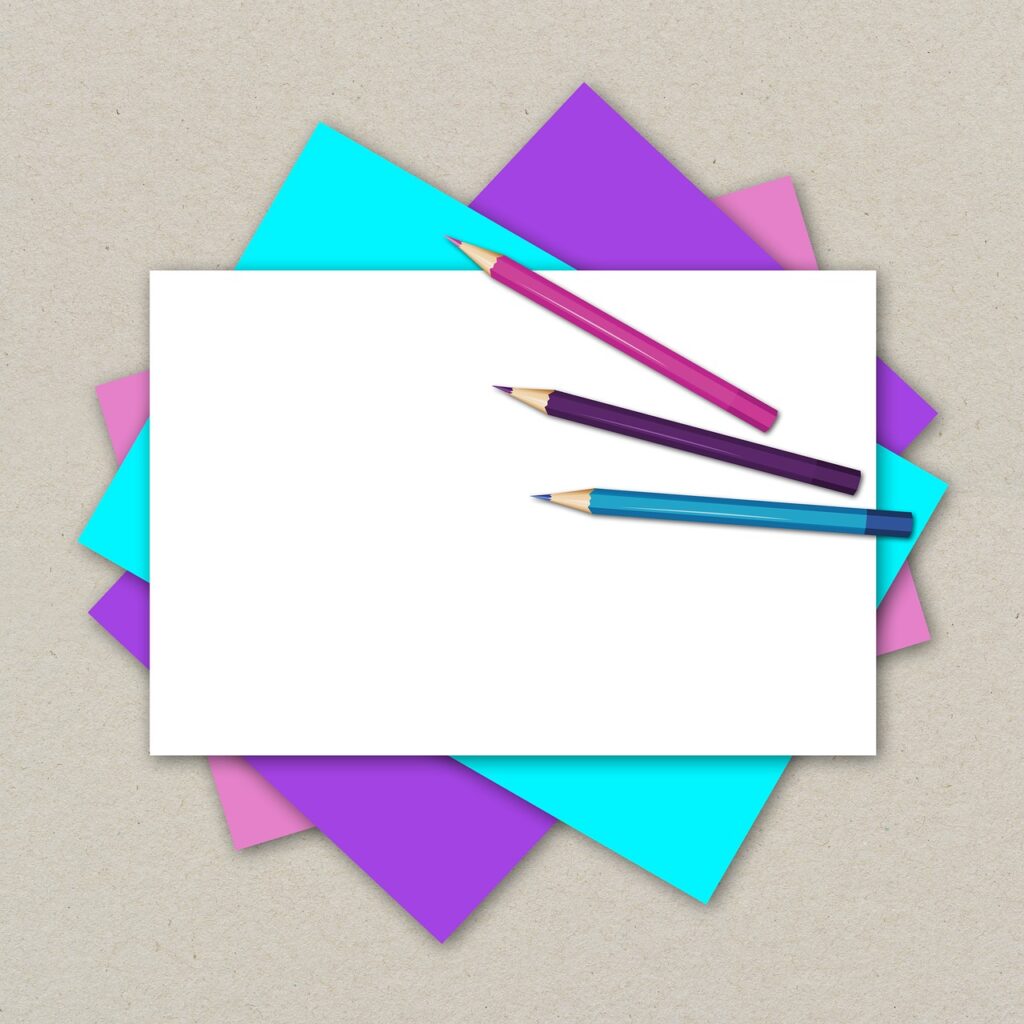Coloring and drawing have long been considered simple childhood activities. But did you know they offer a range of benefits for people of all ages?
Whether you’re a child with a box of crayons or an adult with a sketchpad, engaging in creative expression through coloring and drawing can improve your mental, emotional, and even physical well-being. Let’s explore some of the most powerful benefits of these enjoyable activities.
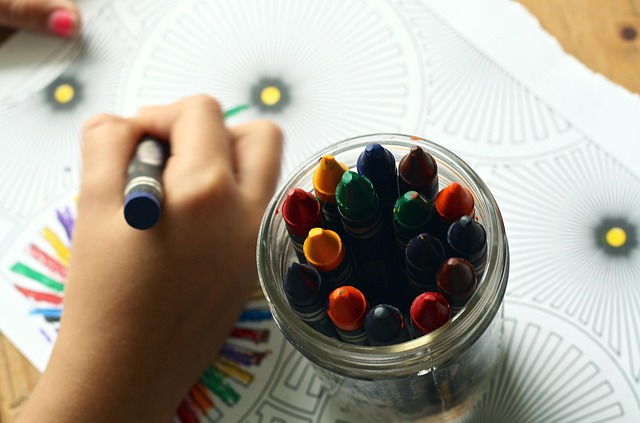
1. Boosts Creativity
Coloring and drawing stimulate the imagination. When a person chooses colors, thinks of patterns, or draws something new, the brain activates its creative centers. This is especially important for children, helping them develop problem-solving skills and original thinking. For adults, it’s a great way to tap back into creative energy that might be dormant due to routine work or daily stress.
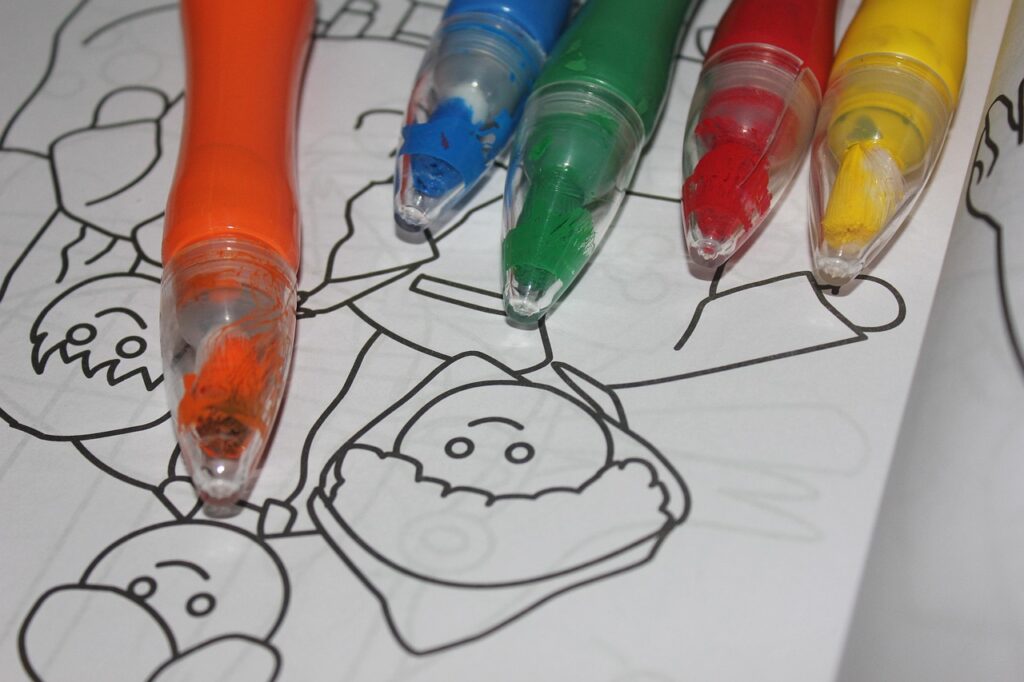
2. Improves Focus and Concentration
Filling in intricate designs or sketching detailed drawings requires attention to detail and steady concentration. This helps sharpen focus and can be particularly beneficial for kids in developing their ability to sit still and stay engaged. Adults who practice regular drawing or coloring report improved attention spans and better mindfulness.
3. Reduces Stress and Anxiety
Coloring has been shown to relax the amygdala, the part of the brain involved in the fight-or-flight response. This means it can help calm your mind and reduce stress levels. That’s why adult coloring books have become so popular—they offer a simple, accessible form of relaxation similar to meditation.
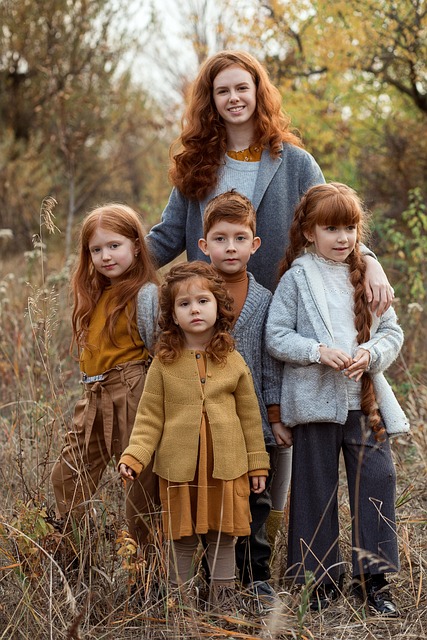
4. Enhances Motor Skills and Hand-Eye Coordination
For young children, holding crayons and drawing shapes supports the development of fine motor skills and hand-eye coordination. These skills are crucial for writing and other tasks later in life. Even for older adults, especially seniors, coloring and drawing can help keep the hands agile and the brain engaged.
5. Encourages Self-Expression
Not everyone finds it easy to express their thoughts and emotions in words. Drawing and coloring provide an alternative form of self-expression, allowing individuals to communicate how they feel through images and colors. This can be especially therapeutic for children, teens, and adults facing emotional challenges.
6. Promotes Emotional Healing
Art therapy often includes drawing and coloring as a way to help people explore their feelings and work through trauma or mental health struggles. The act of creating art in a non-judgmental space can lead to a greater understanding of oneself and aid in emotional healing.
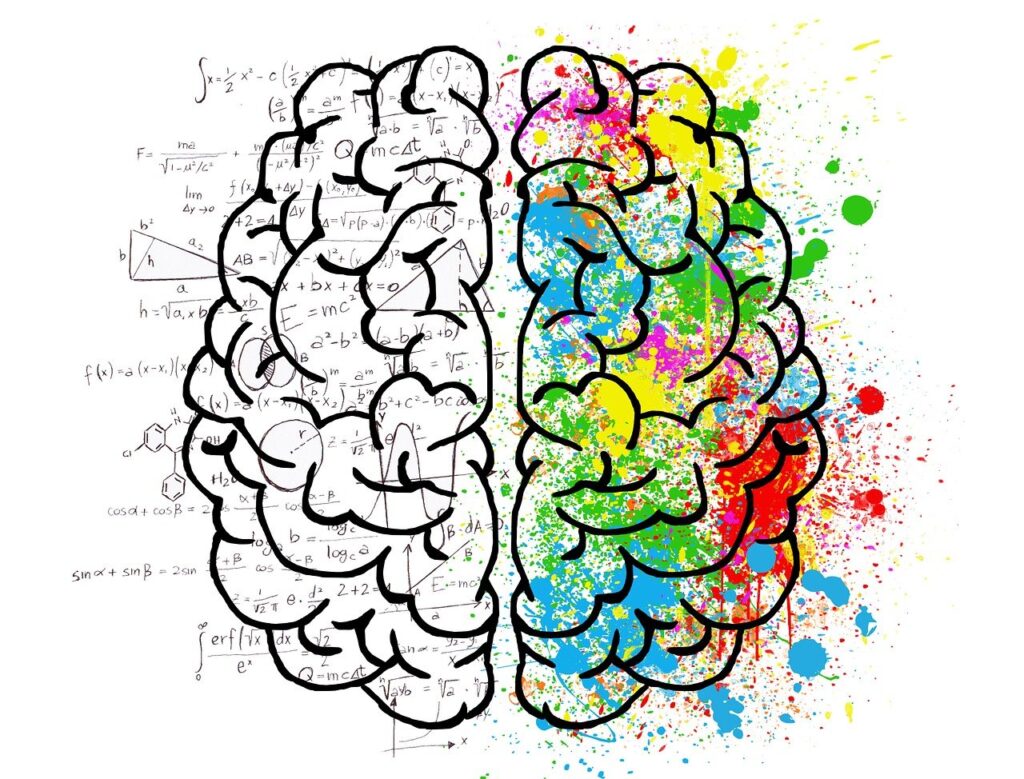
7. Supports Brain Development
For children, combining color recognition, shape recognition, and planning through drawing builds neural connections in the brain. This type of early cognitive development supports future learning in areas such as math, reading, and science.
8. Strengthens Patience and Perseverance
Completing a detailed coloring page or developing a complex drawing takes time and effort. This process teaches patience, builds perseverance, and rewards focus—all valuable life skills for both children and adults.
9. Fosters a Sense of Accomplishment
Finishing a drawing or completing a beautiful coloring page brings a strong sense of pride. This sense of achievement boosts confidence and can motivate people to pursue more creative activities or take on other challenges in life.
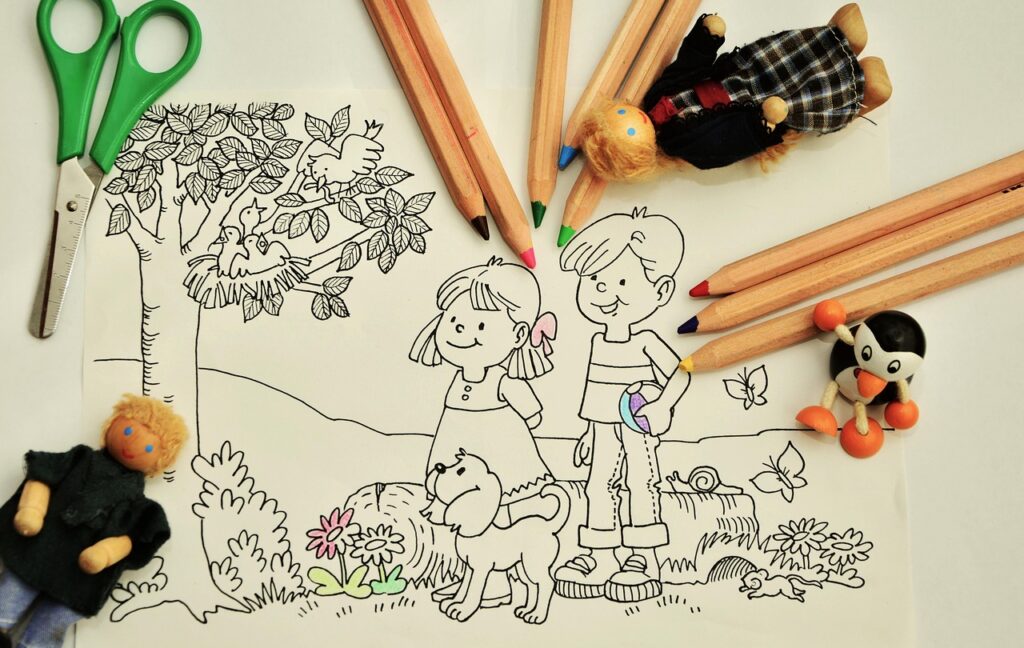
10. It’s Simply Enjoyable!
Perhaps the most important benefit—coloring and drawing are fun! They bring joy, whether you’re alone, with family, or part of an art group. This positive emotional impact alone makes them worth your time.
Coloring and drawing are far more than leisure activities. They offer a wide range of mental, emotional, and physical benefits. In today’s fast-paced and digitally driven world, taking time to engage in simple, creative acts like drawing and coloring can improve well-being and enrich daily life. So grab some paper and your favorite colors—and start creating!
